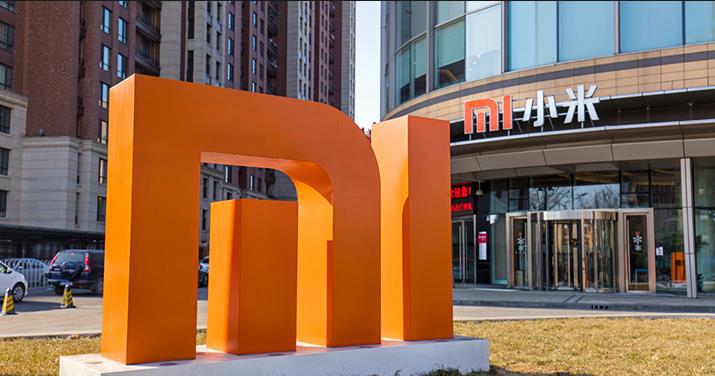China's tech giant Xiaomi Inc. plans to commit 40 percent of the net proceeds from its issuance of the Chinese Depository Receipts (CDRs) to global expansion, as shown in its prospectus.

Photo: Xinhua
Released on Monday at the official website of the China Securities Regulatory Commission (CSRC), this CDR prospectus was dated June 7, the day the CSRC began to accept CDR applications from eligible companies.
As a variable interest entity (VIE), Xiaomi will issue its CDRs via the Shanghai Stock Exchange (SSE) on the basis of Class B shares, the kind of shares each carrying only one voting right at the shareholders meeting versus ten voting rights for every Class A share.
This prospectus does not specify the CDR amount, fundraising target and the date of issuance but reveals the uses of proceeds in percentages.
The net proceeds from this deal will serve three purposes, with 30 percent going to the R & D of its core products and another 30 percent to be used to scale up its eco-chain, which covers a total of over 210 companies in the field of the Internet of Things (IoT), consumer products, and mobile internet services (including artificial intelligence).
The remaining 40 percent will be channeled to fuel the company's global expansion.
Since 2014 when Xiaomi began to offer its products internationally, the overseas markets had become an increasingly important source of its operating revenues, as shown by the above prospectus.
For the past three years from 2015 to 2017 and the first quarter of 2018, sales from the overseas market had been on a steady rise, making up 6.07 percent, 13.38 percent, 27.99 percent, and 36.24 percent of its revenues.
For the same period, Xiaomi's operating revenues were RMB 66.811 billion, RMB 68.434 billion, RMB 114.625 billion, and RMB 34.412 billion respectively, with its net profits standing at negative RMB 7.627 billion, RMB 492 million, negative RMB 43.889 billion, and negative RMB 7.027 billion.
The profits attributable to common stockholders of the parent company, net of non-recurring gains and losses, were negative RMB 2.248 billion, RMB 233 million, RMB 3.945 billion, and RMB 1.038 billion during this time span.
As of the end of March 2018, its accumulated losses reached RMB 135.163 billion.
Currently, Xiaomi sells its products in 74 countries and regions worldwide, ranked among the top five by sales in 15 of them.
Its development in India has been particularly successful. In the CDR prospectus, an unaudited financial statement for its Indian subsidiary displays a total asset of RMB 5.87 billion, a revenue of RMB 20.48 billion, and a net profit of RMB 541.45 million in 2017.
In addition to its CDR issuance at the SSE, Xiaomi is also concurrently pursuing an IPO at the H-share market.
On June 7, the same day Xiaomi filed its CDR issuance application, it passed a hearing in Hong Kong, a required step for its flotation at the H-share market. It already submitted a listing application with the Hong Kong Exchanges and Clearing Limited (HKEX) in early May.
Xiaomi explains in its CDR prospectus that the decision to dual-list at Hong Kong was made in light of the redemption risks under the Valuation Adjustment Mechanism (VAM) agreement with its preferred stockholders. This concurrent dual-listing arrangement is expected to defuse the negative impacts on CDR investors.


